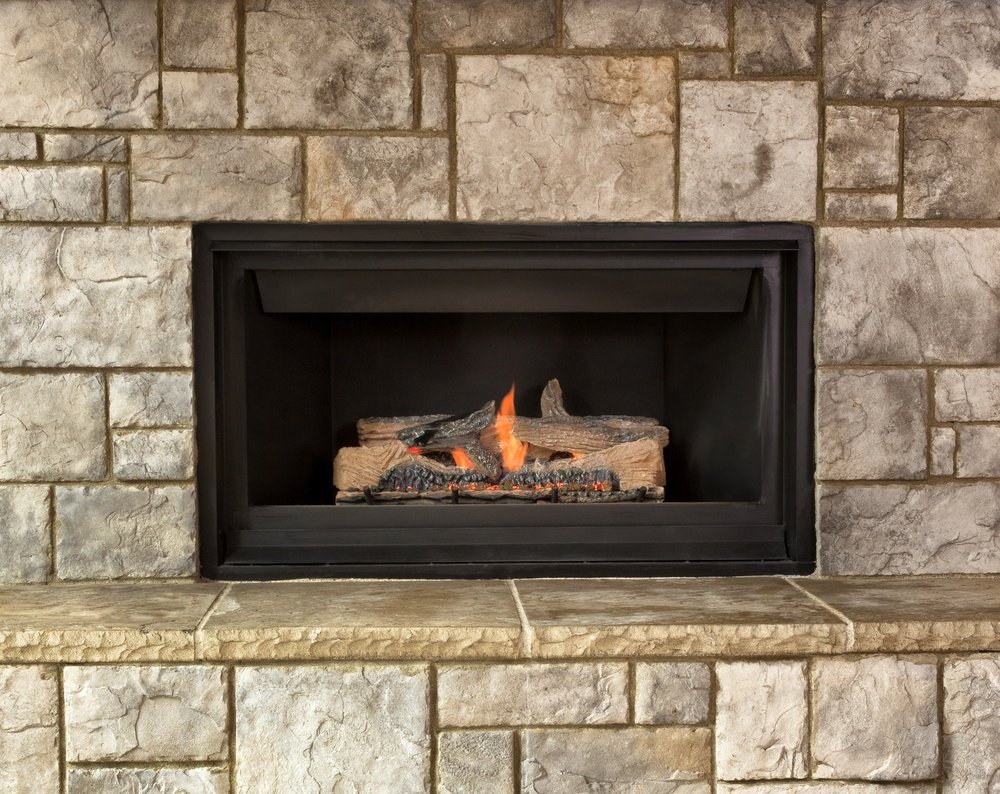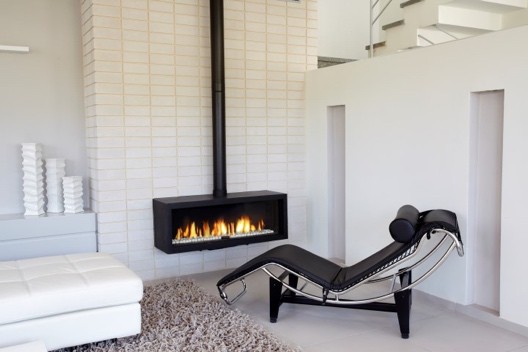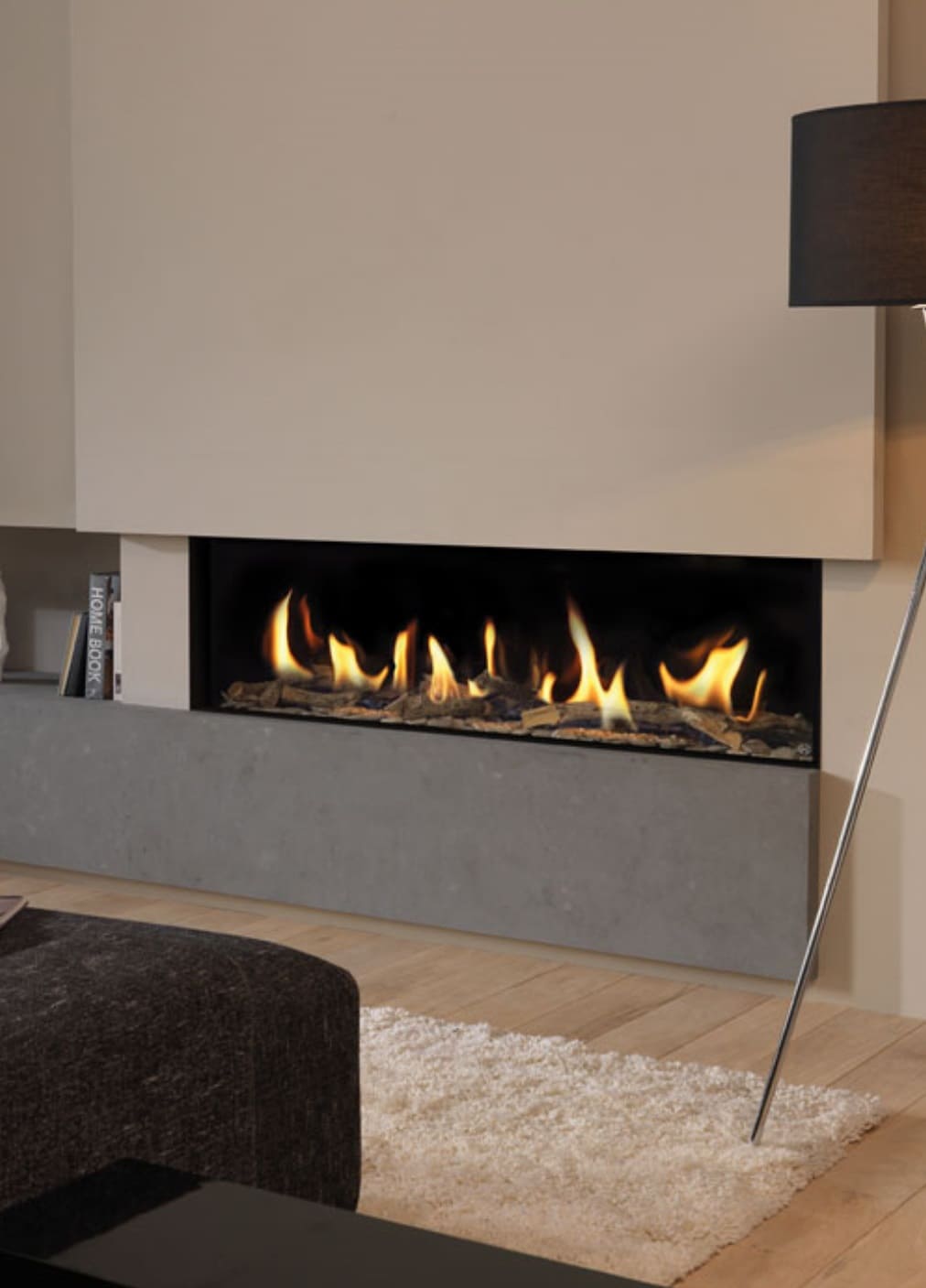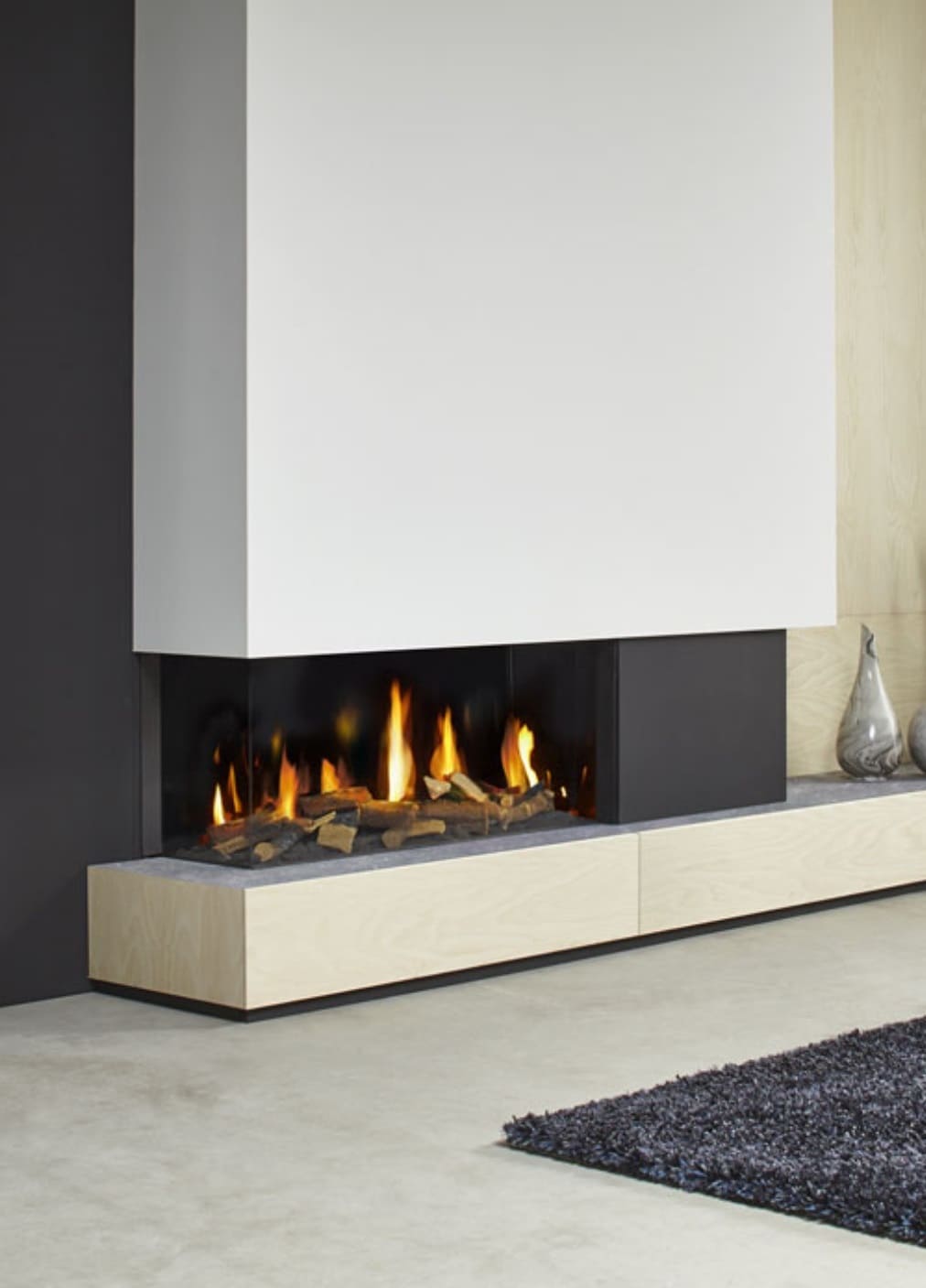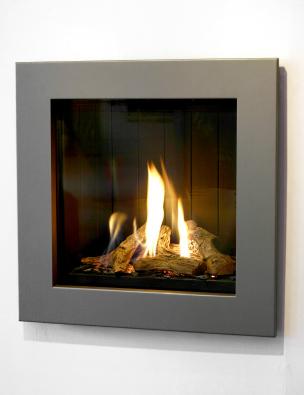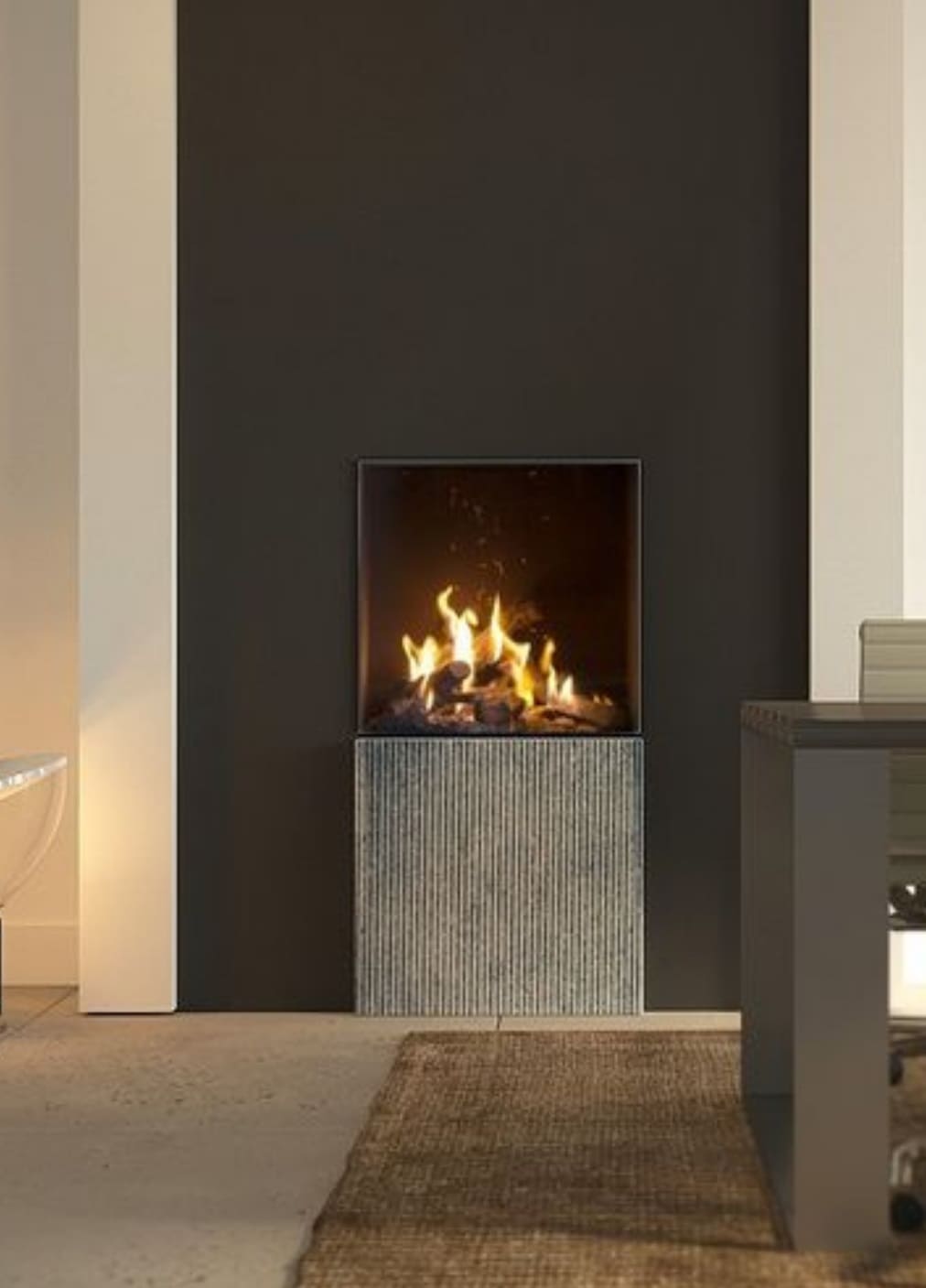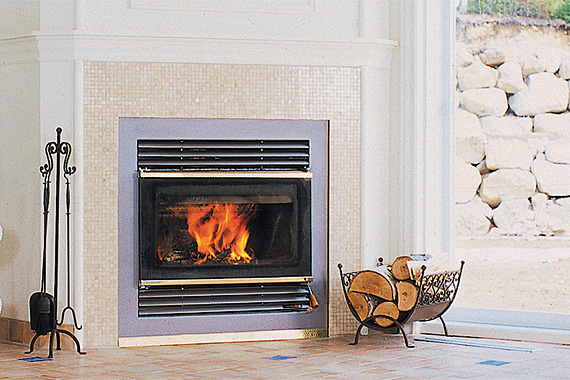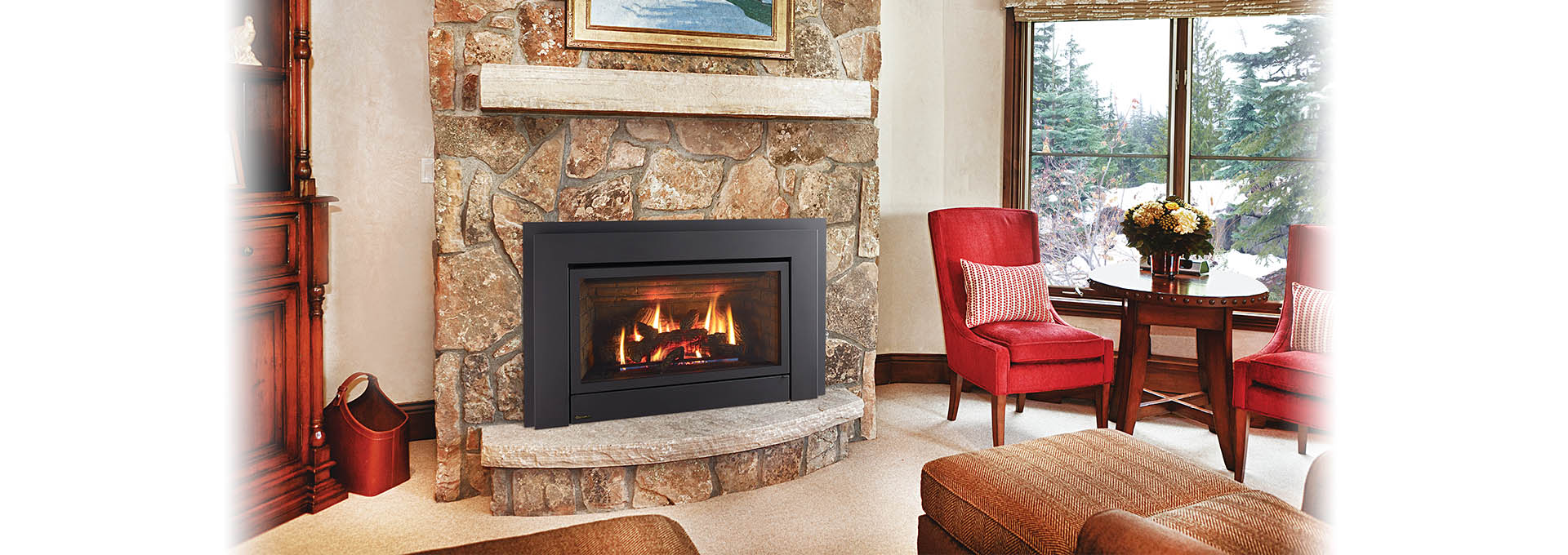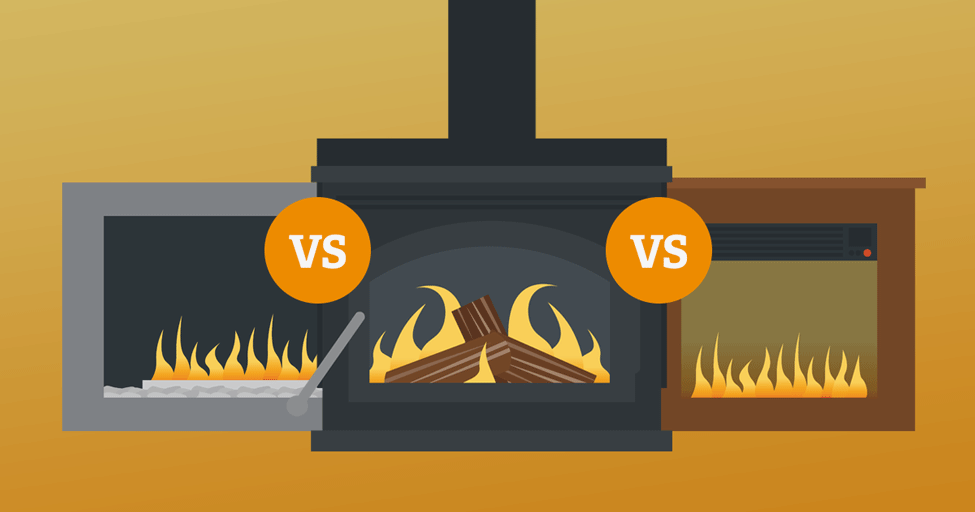Gas fireplaces offer a convenient and cozy way to heat your home, but their energy efficiency depends on several factors. Unlike traditional wood-burning fireplaces, gas models provide consistent heat with less waste, but not all units perform equally. Understanding how to optimize efficiency can help you save money, reduce energy consumption, and enjoy a warmer home. Below, we explore key aspects of gas fireplace efficiency, from proper installation to maintenance and smart usage tips.
Choosing the Right Gas Fireplace for Efficiency
Not all gas fireplaces are created equal when it comes to energy efficiency. Direct-vent models are among the most efficient because they draw air from outside for combustion and vent exhaust gases directly outside, minimizing heat loss. Vent-free fireplaces, while highly efficient, can introduce moisture and combustion byproducts into your home, making them less ideal for some households. Look for units with high Annual Fuel Utilization Efficiency (AFUE) ratings—those above 70% are considered efficient.
Another factor is the type of burner used. Sealed combustion systems prevent drafts and keep heated air inside, while traditional open burners lose more heat. If you live in a colder climate, investing in a high-efficiency model with a variable flame control can help adjust heat output based on need. Always check for ENERGY STAR certification or other efficiency labels when shopping.
Size also matters. A fireplace that’s too large for your space will cycle on and off frequently, wasting energy. Conversely, an undersized unit will struggle to heat the room effectively. Consult a professional to determine the right BTU (British Thermal Unit) output for your square footage. A well-matched fireplace ensures optimal performance without unnecessary fuel consumption.
Proper Installation for Maximum Efficiency
Even the most efficient gas fireplace won’t perform well if installed incorrectly. Poor placement can lead to heat loss, especially if the unit is near drafty windows or exterior walls. A professional installer will ensure proper venting, gas line connections, and insulation around the fireplace to prevent air leaks. If the venting system isn’t sealed tightly, warm air can escape, reducing overall efficiency.
The type of venting used also impacts performance. Direct-vent systems are more efficient than B-vent models because they use a coaxial pipe system that pulls in outside air for combustion while expelling exhaust. This design prevents indoor air from being used as fuel, keeping your home’s warm air inside. Always follow manufacturer guidelines for clearances and venting requirements to avoid efficiency losses.
Consider adding a fireplace insert if you’re converting a traditional wood-burning fireplace to gas. Inserts fit snugly into existing fireboxes and often include built-in blowers to circulate heat more effectively. Without an insert, much of the heat from a gas log set can be lost up the chimney. Proper installation ensures that your fireplace operates safely while maximizing energy savings.
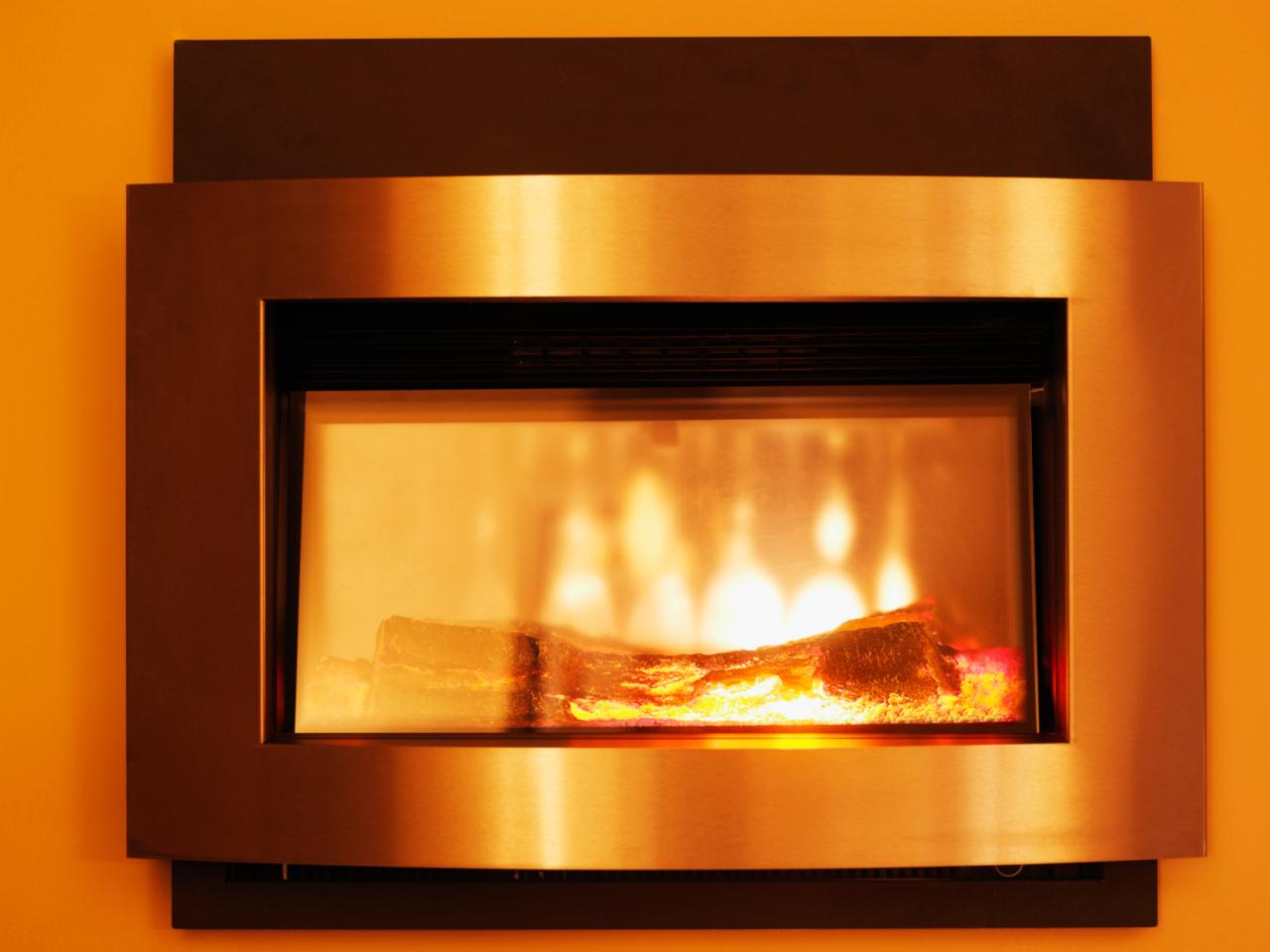
Regular Maintenance for Peak Performance
A gas fireplace that isn’t maintained will lose efficiency over time. Dust and debris can clog burners, reducing flame quality and heat output. I recommend cleaning the glass, burners, and vents at least once a year to ensure proper airflow. A professional inspection every couple of years can identify issues like gas leaks or vent blockages that might be hurting performance.
The thermocouple and thermopile, which control gas flow and ignition, should also be checked periodically. If these components wear out, the fireplace may not light properly or could waste gas. Lubricating the blower motor (if your unit has one) keeps it running smoothly, ensuring even heat distribution. Neglecting these small tasks can lead to bigger problems down the line.
Another key maintenance step is checking the seals around the fireplace and venting system. Over time, gaskets can degrade, allowing warm air to escape. Replacing worn-out seals improves efficiency and prevents drafts. If you notice your fireplace isn’t heating as well as it used to, maintenance is often the simplest fix before considering a replacement.
Using Your Fireplace Efficiently
How you operate your gas fireplace plays a big role in its efficiency. Lowering the flame when full heat isn’t needed can save gas without sacrificing comfort. Many modern fireplaces come with adjustable thermostats or remote controls, allowing you to set a precise temperature. Keeping the flame on the lowest effective setting reduces fuel consumption while still providing warmth.
Using zone heating—warming only the rooms you’re using—can cut overall energy costs. Instead of turning up the whole-house thermostat, rely on the fireplace to heat the living area while keeping other rooms cooler. Ceiling fans can help circulate warm air more effectively, preventing hot spots near the fireplace and cold areas farther away.
Avoid running the fireplace continuously when not needed. If you’re leaving the house or going to bed, turn it off to save energy. Some models have timers or programmable settings to automate this process. Remember, gas fireplaces are supplemental heat sources; relying on them too heavily in extreme cold may strain the system and increase bills.
Upgrading for Better Efficiency
If your gas fireplace is more than 10-15 years old, newer models may offer significant efficiency improvements. Advances in burner technology, venting systems, and heat circulation mean modern fireplaces waste less energy. Upgrading to a condensing gas fireplace, which recovers heat from exhaust gases, can boost efficiency to over 90%. While the upfront cost is higher, the long-term savings make it worthwhile.
Adding a blower or fan kit to an existing fireplace can also improve heat distribution. Many older units don’t include blowers, meaning much of the warmth stays near the fireplace instead of spreading through the room. Retrofit kits are often available, but check compatibility with your model before purchasing.
Consider smart controls if your fireplace doesn’t have them. Wi-Fi-enabled thermostats or remote controls let you adjust settings from your phone, preventing unnecessary gas use. Some systems even learn your schedule and adjust heating automatically. While not a necessity, these upgrades can make a noticeable difference in energy consumption.
Comparing Gas Fireplaces to Other Heating Options
While gas fireplaces are efficient compared to wood-burning models, they may not always be the most cost-effective primary heat source. Heat pumps, for example, can provide more consistent warmth with lower operating costs in moderate climates. However, gas fireplaces excel as supplemental heaters, offering instant warmth without the need for ductwork or long warm-up times.
Electric fireplaces are another alternative, but their efficiency depends on local electricity rates. In areas where gas is cheaper than electricity, a gas fireplace will usually be more economical to run. However, electric models don’t require venting, making them easier to install in certain spaces. Your choice should depend on energy costs, usage patterns, and heating needs.
For those committed to gas, pairing the fireplace with a high-efficiency furnace or boiler creates a balanced system. Use the fireplace for evening ambiance and supplemental heat while relying on the central system for whole-house warmth. This approach minimizes energy waste while keeping your home comfortable in all seasons.
How much does it cost to run a gas fireplace compared to central heating?
Running costs depend on local gas prices and how often you use the fireplace. Generally, gas fireplaces are cheaper than electric heaters but may cost more than a high-efficiency furnace if used as the primary heat source. On average, a gas fireplace costs between 0.20to0.60 per hour to operate, while central heating spreads warmth more evenly. I recommend using the fireplace for zone heating in frequently used rooms to save money instead of relying on it to heat the whole house.
Can a gas fireplace work during a power outage?
Most gas fireplaces with standing pilot lights will still work without electricity, making them reliable during outages. However, units with electronic ignition or blowers won’t function unless you have a backup power source. If you live in an area prone to blackouts, opt for a model with a manual ignition option. Just remember that blowers help distribute heat, so the fireplace may feel less effective without power.
Are vent-free gas fireplaces safe and efficient?
Vent-free fireplaces are highly efficient since no heat escapes through a chimney, but they release combustion byproducts like water vapor and small amounts of carbon monoxide into your home. Proper ventilation is crucial—I don’t recommend using them in tightly sealed spaces or bedrooms. While they provide excellent heat output, safety concerns mean they’re banned in some areas. Always check local regulations before installing one.
How often should I service my gas fireplace?
At a minimum, have a professional inspect your gas fireplace every two years to check for leaks, venting issues, and component wear. For heavily used units, an annual cleaning of burners, glass, and vents helps maintain efficiency. If you notice irregular flames, soot buildup, or a strange odor, schedule a service immediately. Regular upkeep ensures safe operation and prevents small problems from becoming costly repairs.
Do gas fireplaces lose efficiency over time?
Yes, wear and tear can reduce efficiency. Dust-clogged burners, deteriorating gaskets, and aging thermocouples all contribute to declining performance. However, with proper maintenance, a gas fireplace can remain efficient for 15-20 years. If your older unit struggles to heat effectively or shows signs of corrosion, upgrading to a newer model may save money in the long run.
Can I convert my wood fireplace to gas for better efficiency?
Absolutely! Gas inserts are designed to fit into existing wood fireplaces, drastically improving efficiency. Without an insert, gas logs alone lose much of their heat up the chimney. A sealed gas insert with a blower can convert up to 70% of the fuel into usable heat, compared to just 10-20% for open wood fireplaces. I highly recommend professional installation to ensure proper venting and safety.
Energy Efficient Wood Burning Fireplaces
High Efficiency Gas Fireplace Insert Regency
Gas vs. Wood-Burning Fireplaces vs. Electric Fireplaces
Related Posts:
